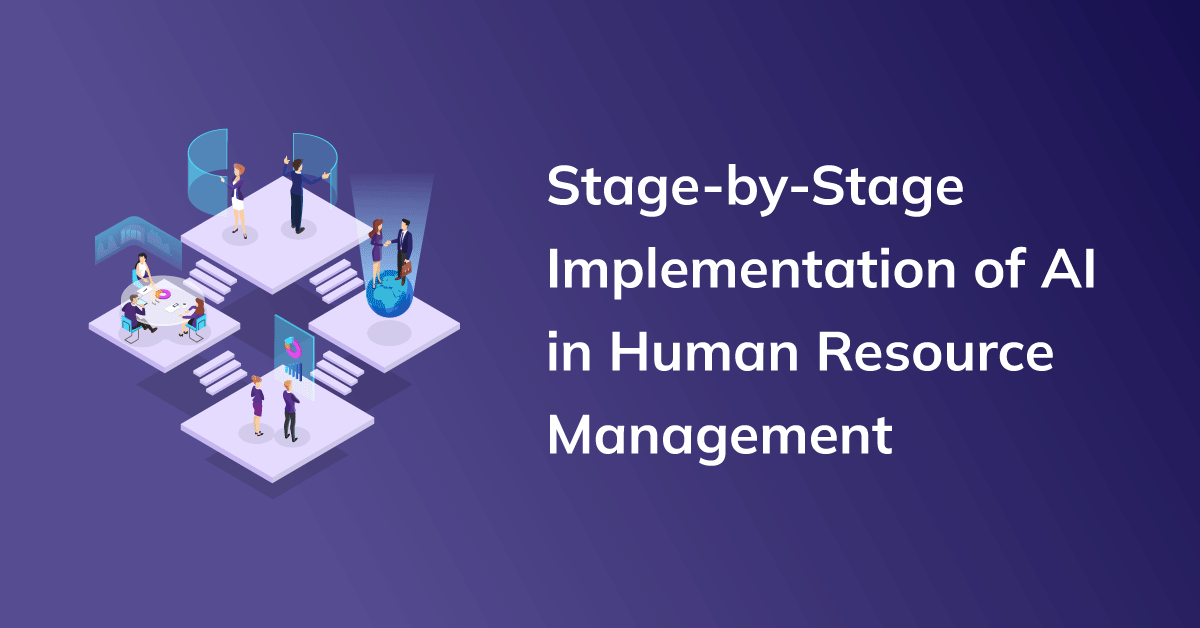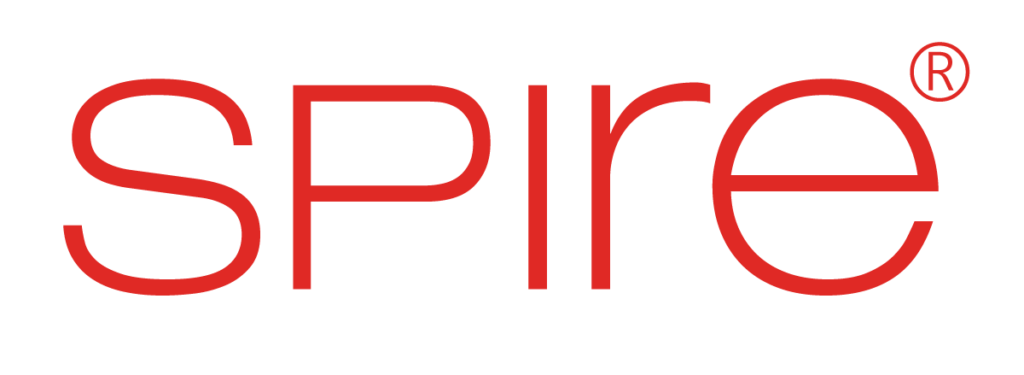
What is External Hiring?
External Hiring
External hiring refers to the process of filling job vacancies by recruiting candidates from outside the company. This approach brings in new talent and perspectives but can be more time-consuming and costly than promoting from within.



